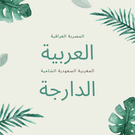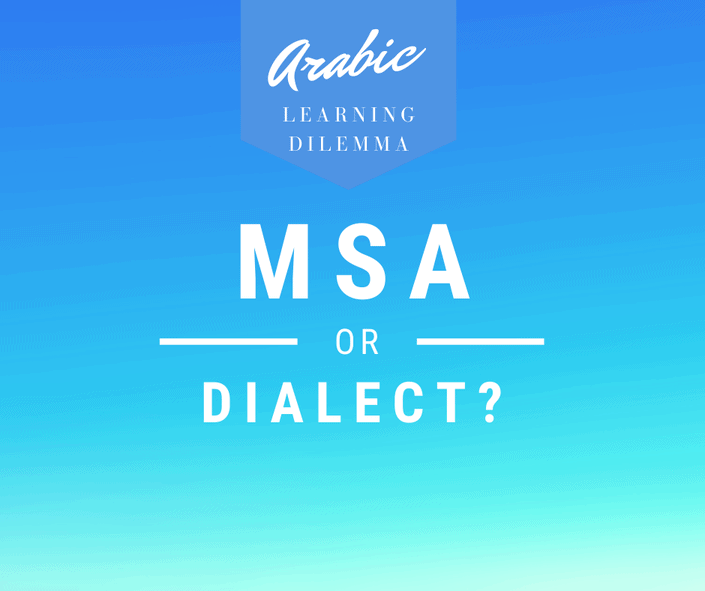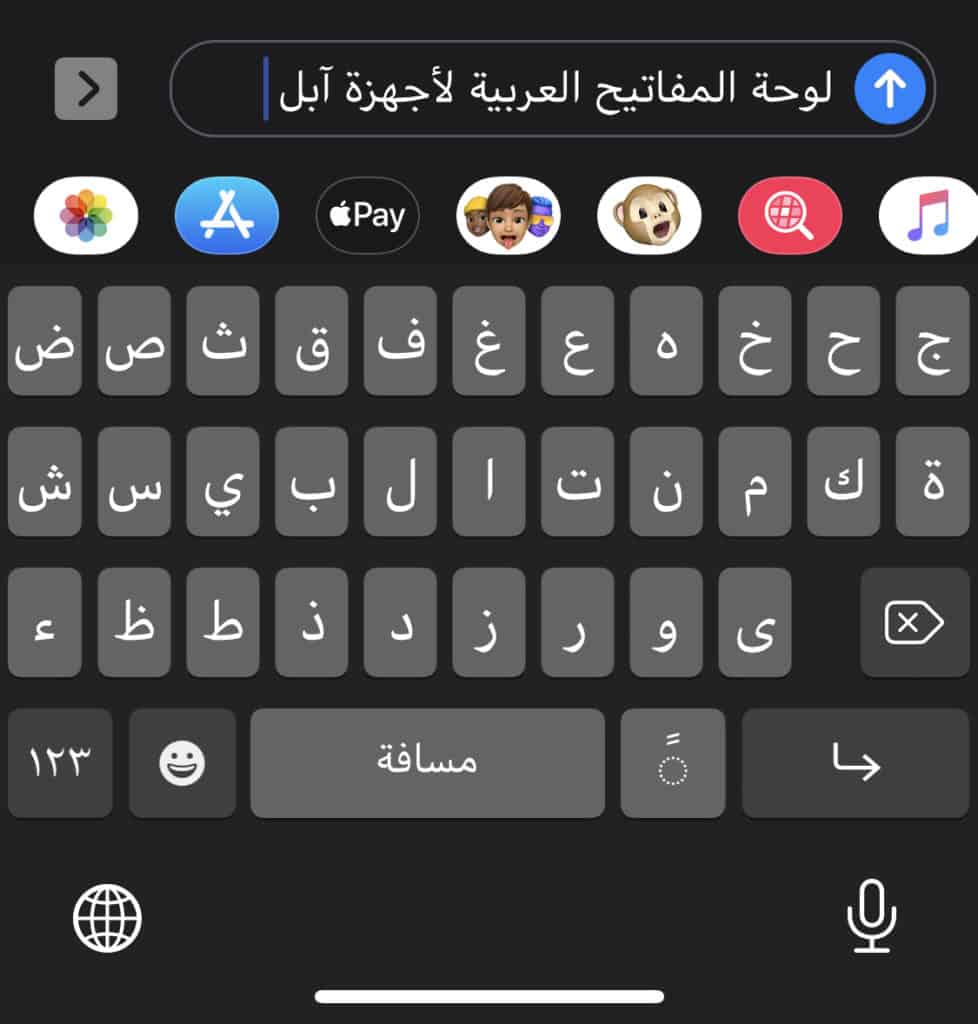It is important for aspiring students to know the various types of Arabic language before they embark on their learning journey in order to align their learning objectives and strategies with the language they would like to learn. In this post, we will go over the types of Arabic and the regional dialects.
Table of Contents
What is Arabic?
Arabic, a semitic language, originated in Southern Arabia, current day Yemen, and spread across the Arabian peninsula a few thousands of years before Islam.
It came to prominence with the Islam around the 7th century and spread with the Islamic conquests into the Levant, Mesopotamia and North Africa or what constitutes now the Arab world.
The Quranic verses were preserved orally for a few decades before one of the Prophet’s companions, Othman Bin-Affan, collected them into one single book, The Koran, from longest to shortest chapter.
Interestingly, the study of Arabic as a foreign language dates back to the early days of Islam when new converts , whose mother tongue was not Arabic, sought to understand the language of their sacred text, the Quran. This fact may explain the fact that the early Arabic grammarians , such as Sibwayh, and lexicologist Ibn-Mandur, were of non-Arab origin*.
People in the Arab world either maintained their local dialects or incorporated Arabic into their existing languages producing a various mix of Arabic dialects and flavors, which we will break down in this post.
Over the past 14 centuries, various religious, geopolitical and historical events produced different types of Arabic. It can be broken down into three main variants. It is important both for learners and instructors of Arabic to differentiate among the three because both strategies have to be modified to adapt to the specific features, demands and structure of each.
1. Classical Arabic
Classical Arabic, is the language of the Qur’an. It is rarely used except in reciting the Quran or quoting older religious texts.
Nowadays, only Muslim clerics who attended religious schools can master writing and speaking in classical Arabic, as Islamic and Quranic studies require advanced knowledge of Arabic syntax, lexicology and semantics.
Classical Arabic could also be found in pre-Islamic and early Islamic poetry, the Prophetic sayings and several first century documents that were handed down on history.
The Arabic language in general derives its grammatical and syntactic rules from its classical form. Mastery of classical Arabic requires years of study and oral practice. It uses archaic vocabulary, most of which is borrowed from the Quran and hadiths.
Just like in the Quran, classical Arabic speeches are rich in stylistic tools, figurative speech, rhyming sentences and word order not typically found in MSA.
Most non-native learners of Arabic are interested in classical Arabic either because they want to understand the Quran or are scholars of theology and experts in comparative religious studies.
Arabic is the liturgical language of around one billion Muslims across the world who need to recite Quranic verses verbatim during the five daily prayers.
2. Modern Arabic
Often called Modern Standard Arabic (MSA) in English and Fus-ha in Arabic.
It is commonly used in contexts such as writing, TV and radio broadcasts, formal interviews, and speeches and official letters.
It is similar but easier than classical Arabic.
Native Arabic speakers typically do not make an explicit distinction between the two types of Arabic, but very few master the latter.
Modern Standard Arabic was deliberately developed in the early part of the 19th century as a modernized version of Classical Arabic.
It was pushed by the then-emerging pan-Arabist , anti-colonial movement as a communication medium that unifies all Arabs regardless of their national origin or religion.
Arabs often use a mixture of both colloquial and MSA. For instance, interviewers generally use MSA in asking prepared questions or making prepared remarks, then switch to a colloquial variety to add a spontaneous comment or respond to a question.
Arab leaders give speeches in MSA and resort to colloquial Arabic to drive a point home or simplify an idea to the illiterate citizens.
Another reason is most native speakers of Arabic cannot maintain speaking MSA for an extended period of time and resort to colloquial Arabic because that’s what they are used to in their daily life.
3. Colloquial Arabic or ‘Ammiyya
In the Maghreb region, it is called Darija. As opposed to MSA, ‘Ammiyya’ refers to the regional varieties or vernaculars across the Arab world used for everyday speaking situations. In fact, ‘Ammiyya or Darija is the first language of every Arab , as they later acquire MSA in school. Unlike MSA, ‘Ammiyya does not adhere to the strict rules of grammar and word order and often loses other structured linguistic features. In fact, ‘Ammiyya uses many Farsi and Turkish terms in the Arab countries that were under the Ottoman rule, and Darija, or Maghrebi Arabiac, has a lot of French, Spanish and Italian , the languages of the former colonizers.
Colloquial Arabic can be divided into roughly six main varieties representing the geographic clusters across the Arab world. It can be divided into even more language subsets but we will keep at the rough number of six at the moment:
Now, to appreciate the differences between these dialects, take a look at this hilarious video. They put several Arab students from different nationalities and asked them to say a specific sentence in their own dialects.
The students are from They are from Egypt, Morocco, Lebanon, Palestine and Qatar. These countries can be lumped under the Maghrebi, Egyptian, Levantine and Gulf dialects.
What ensues is quite funny, but also educational since it helps us really appreciate he differences that make many of these dialects mutually unintelligible.
- Maghrebi Arabic:
It is spoken in the Western Arab countries (Maghreb means west or where the sun sets]. Algerians, Moroccans and Tunisians, who together total about 80 million speakers, have their own distinct Maghrebi varieties but are easily and mutually intelligible. There is a sizable Maghrebi community in Western Europe and Quebec, Canada. Maghrebi dialect is generally not comprehensible to other speakers from the rest of the Arab world.
The Routledge Introductory Course in Moroccan Arabic is one of the best textbooks around to learn Moroccan Arabic. It is important to note that it does not matter whether you learn Moroccan, Algerian or Tunisian variants of Maghrebi because they are interchangeably intelligible.
So, the exact type of Maghrebi dialect will be up to you and your particular situation.
- Egyptian:
It is the Arabic spoken in Egypt. It is easily understood by most other Arabs due to the popularity of Egyptian movies and TV series. It is probably the easiest dialect to learn for non-native speakers.
This is a popular book among beginner learners of Egyptian dialect. Routledge, too, have another great introductory book for lovers of Egyptian dialect.
- Arabian:
It is also referred to as Khaliji or Gulf Arabic, and it encompasses the dialects spoken in Oman, Saudi Arabia, UAE and Kuwait.
To explore more about Arabian or Gulf dialects, check out these excellent YouTube resources or if you want to learn Khaliji on your own, see this detailed step-by-step tutorial.
- Yemeni:
There are several Yemeni dialects. The main one is San’ani or Sana’ dialect. Yemeni and Maghrebi dialects are considered the hardest Arabic dialects to understand.
- Levantine:
It represents the main vernacular spoken in Lebanon, Jordan, Syria, Palestine and parts of Israel. It is spoken by over 30 million native speakers in the region and elsewhere.
- Mesopotamian:
It comprises several mutually-intelligible varieties spoken in Iraq and even parts of Eastern Syria.
There are other varieties of Arabic such as Hassaniya in Mauritania. Hassaniya is closer to the Gulf dialect than to Maghrebi despite Mauritania’s proximity to Morocco and Algeria. In addition, there are other Arabic ‘Ammiya’ varieties in non-Arab countries such as Malta, Cyprus, Israel, and Southern Turkey.
>> See also: Should I learn Modern Standard Arabic or a dialect?
Language Mixing Scenario:
It is worth mentioning that most Arab speakers adapt their speech to use ‘Ammiyya, MSA or even Classical Arabic based on various socio-linguistic factors. To illustrate this interesting phenomenon, I created this fictitious scenario that sums up a typical day of an Arab speaker.
For instance, an Egyptian university history professor can give his lecture in MSA. As he goes back to his office, one of his students stops by his desk with some follow-up questions, and a conversation ensues using a mix of MSA and Egyptian ‘Ammiyya.
On his way back home, he stops at the butcher to buy some meat and spends about ten minutes discussing the soccer game from the weekend in ‘Ammiyya. Using MSA in this particular context would be strange to everyone present because the setting is not formal enough and would be inappropriate for MSA.
However, late that afternoon, the professor attends a short sermon at the mosque before the evening prayer, where the Imam used a mix of MSA and classical Arabic as he was making religious and historic references to early Islam , citing Quranic verses and explaining some religious jurisprudence with some rather difficult terminology and word order.
Although the professor understood most of what has been said he wouldn’t be able to speak Classical Arabic with the required fluency and accuracy.
As we see in this example, an educated-to-a highly educated Arab can navigate effortlessly between the three types of Arabic depending on the social context (deference, status, social approval) .
It also depends on the topic at hand. The ‘Ammiyya in general is an inadequate modality to tackle an academic topic with its abstract ideas and concepts.
* The Inegrated Approach to Arabic Instruction, by Munther Younes





